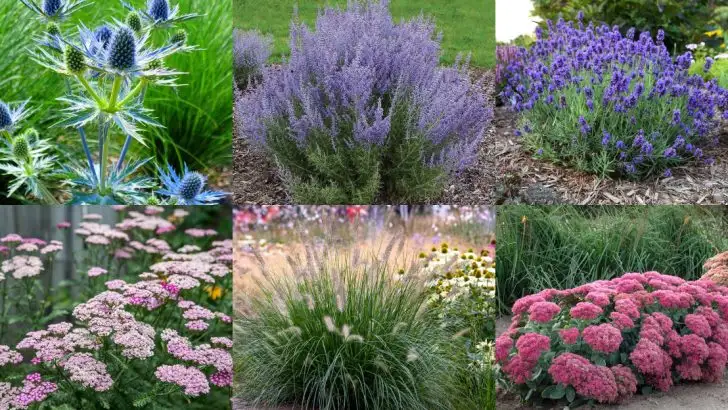Wind isn’t your enemy—it’s your secret ally for the right plants. Imagine a garden where fierce gusts only bring out the best in your greenery. Ordinary plants may wilt under relentless winds, but these 20 champions bloom where others fall flat. Every blade of resilient foliage stands tall against the storm, flaunting bold colors and unyielding strength. They dig deep into the soil and dance with the breeze, turning wild winds into a natural wonder. Ready to transform a blustery yard into a thriving oasis? Discover the plants that laugh in the face of blustery conditions and turn adversity into endless beauty.
Sea Holly
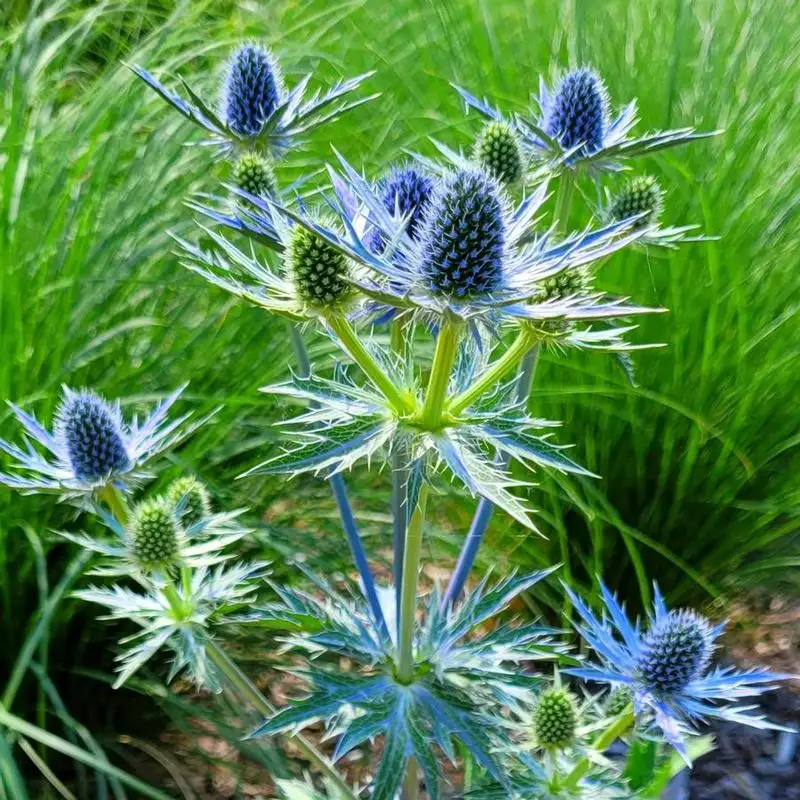
Sea Holly’s architectural elegance stands out, with its spiky, steel-blue flowers that sway effortlessly even in strong winds. This perennial is a favorite for coastal gardens where breezy conditions are common. Its prickly appearance belies a toughness that makes it a perfect addition to exposed areas. As a bonus, it attracts pollinators like bees and butterflies, adding life to your garden. Consider planting it in well-drained soil to achieve optimal growth. Did you know? Sea Holly’s unique structure has inspired many landscape artists to incorporate it into modern garden designs.
Russian Sage
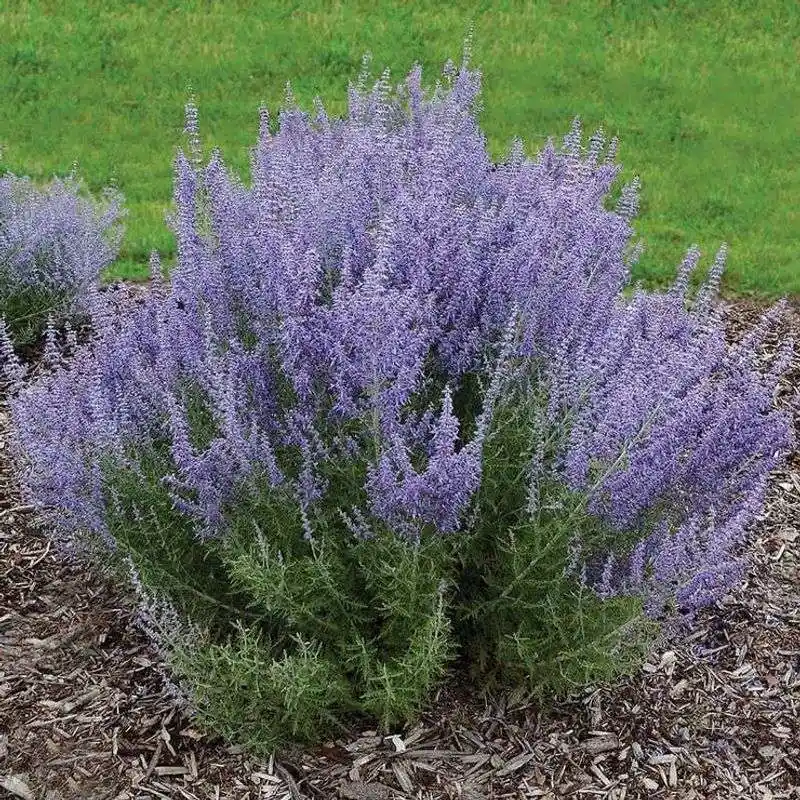
With its stunning lavender-blue flowers, Russian Sage adds a touch of elegance to windy gardens. This perennial thrives in dry, sunny conditions and is known for its resilience against harsh winds. Its aromatic foliage not only deters pests but also provides a sensory delight as it dances in the breeze. Russian Sage’s long blooming season ensures your garden maintains color and interest well into late summer. Fun fact: This hardy plant is a member of the mint family, making it a relative of many culinary herbs you might use daily.
Lavender

Lavender, with its iconic fragrance, is a versatile plant that thrives in windy conditions. Its silvery foliage and purple blooms are not only visually appealing but also capable of withstanding blustery weather. Ideal for borders and walkways, its calming scent offers a sensory retreat in any garden. Lavender’s drought-tolerance adds to its appeal, making it a low-maintenance choice as well. Historically, Lavender was used in ancient Egyptian mummification processes, showcasing its long-standing versatility and value.
Yarrow
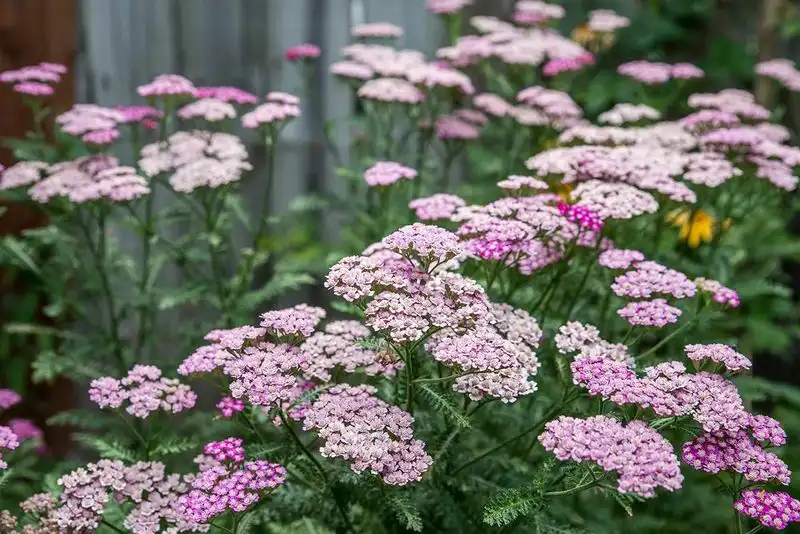
Yarrow’s feathery foliage and flat-topped clusters of flowers are built for resilience. Available in various colors, it brightens any garden while standing up to windy conditions. This hardy perennial is drought-tolerant, making it ideal for less-than-ideal soil. Furthermore, Yarrow attracts beneficial insects, supporting the ecosystem around it. Traditionally, Yarrow was used in medicinal applications for its anti-inflammatory properties. Its adaptability and historical significance make it a fascinating addition to your garden.
Pennisetum (Fountain Grass)
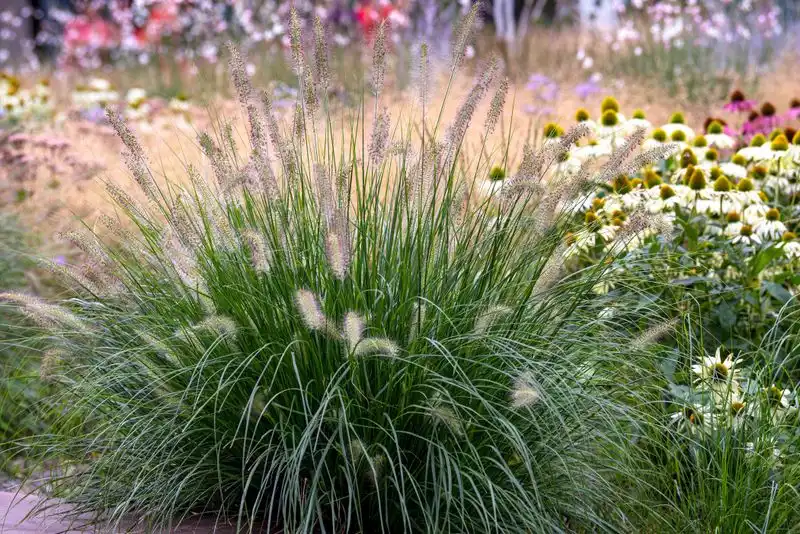
Fountain Grass captivates with its graceful, arching blades and feathery plumes that catch the wind beautifully. Perfect for adding movement to your landscape, this ornamental grass thrives in windy conditions. Its drought-resistant nature means less watering, while its easy-going maintenance suits busy gardeners. Consider pairing it with bold-colored perennials for a striking contrast. Fountain Grass is often used in both formal and informal garden settings, offering versatility and elegance.
Sedum
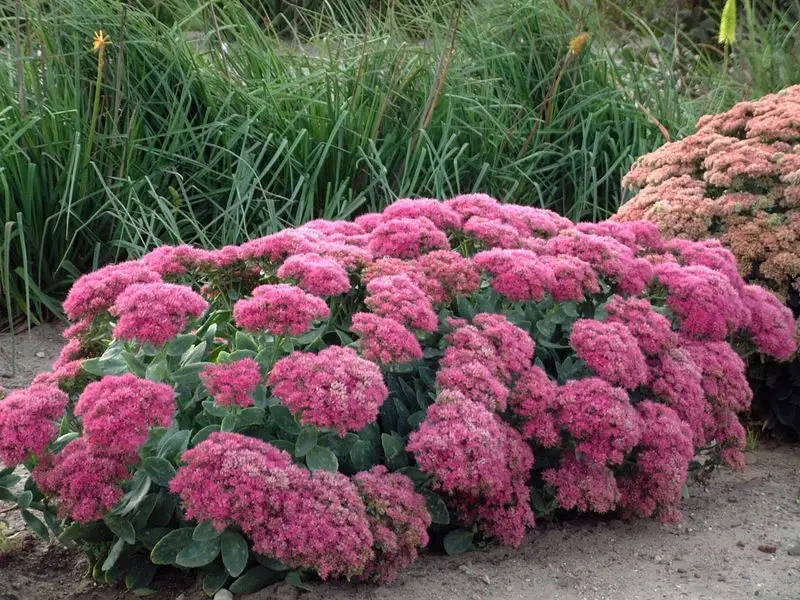
Sedum, known for its fleshy, water-storing leaves, is a succulent that excels in exposed, airy environments. Its ability to survive on minimal water makes it an excellent choice for windy areas. Sedum’s star-shaped flowers add a pop of color, attracting pollinators and providing visual interest. Whether in a rock garden or as ground cover, it adds texture and resilience. Anecdote: Sedum’s name comes from the Latin word ‘sedere,’ meaning ‘to sit,’ as the plant often settles comfortably in rocky areas.
Red Hot Poker
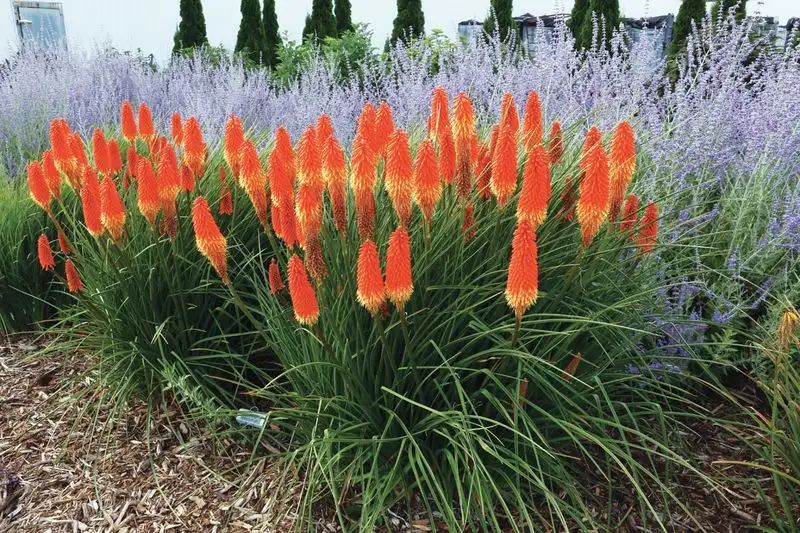
Red Hot Poker, with its striking, torch-like flower spikes, brings vibrant color to windy gardens. Well-suited to full sun and well-drained soils, it stands tall against blustery conditions. The bright hues attract birds, adding dynamic elements to your garden. Its unique appearance isn’t just for show; these plants are hardy and drought-resistant, making them a practical choice too. Historically, these plants were used in traditional medicine, reflecting their longstanding utility beyond just ornamental purposes.
Agapanthus

With its lush, spherical clusters of blue or white flowers, Agapanthus adds a dramatic flair to any garden setting. This perennial is not only wind-tolerant but also deer-resistant, making it ideal for rural and suburban gardens. Agapanthus thrives in well-drained soil and full sun, rewarding your space with prolonged blooms throughout the summer. Did you know? In its native South Africa, Agapanthus is often called the ‘African Lily,’ and it thrives just as well in diverse climates worldwide.
California Poppy
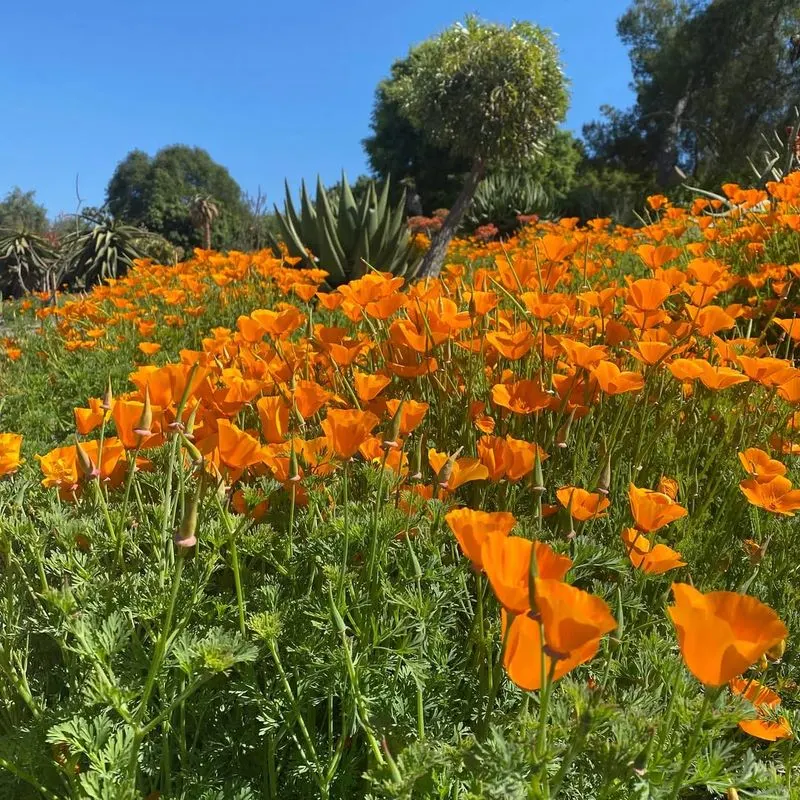
California Poppy, with its bright orange petals, is more than just a state icon. This resilient wildflower flourishes in windy, dry conditions, making it a staple in sustainable gardens. Its vibrant blooms open during the day and close at night, adding rhythm to your garden’s aesthetics. Aside from their beauty, they are low-maintenance, requiring minimal water once established. Historically, Native Americans used Poppies for both food and medicine, highlighting their multifaceted uses.
Eucalyptus
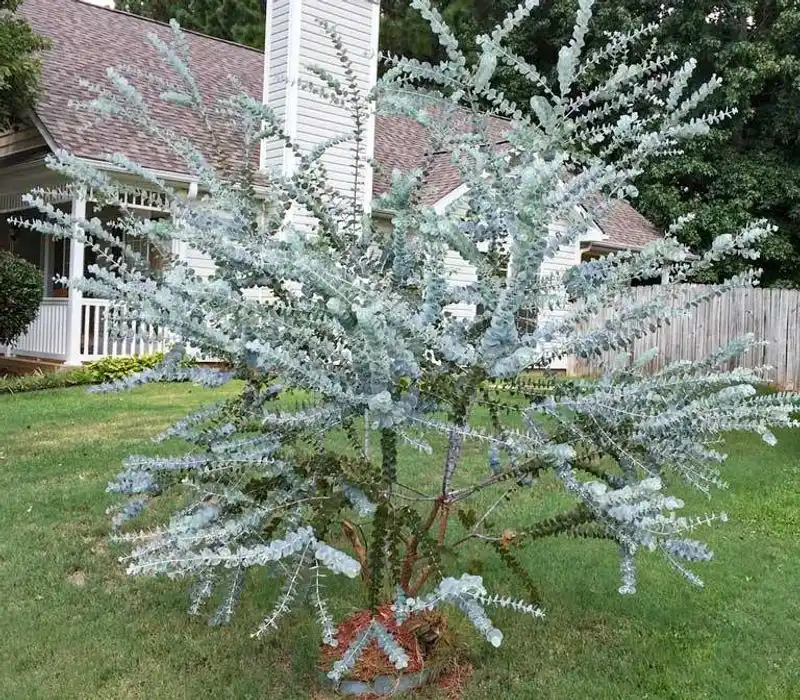
Eucalyptus trees are renowned for their towering height and aromatic leaves, thriving in windy environments with grace. Their rapid growth and resilience to pests make them a popular choice for creating windbreaks. Eucalyptus oil, derived from their leaves, is widely used for its medicinal properties. These trees can transform a landscape, providing shade and shelter for other plants. Fun fact: Eucalyptus trees are native to Australia, where they are a primary food source for koalas, showcasing their ecological importance.
Rosemary

Rosemary, beloved for its culinary uses, is also a robust plant that excels in windy conditions. Its needle-like leaves and woody stems provide stability, while its fragrance infuses the air with herbal notes. This evergreen shrub requires minimal water, making it a wise choice for arid, breezy areas. Rosemary’s historic association with memory and fidelity adds a layer of cultural richness. In folklore, Rosemary was often used during weddings and funerals, symbolizing remembrance and honoring traditions.
Thrift (Sea Pink)
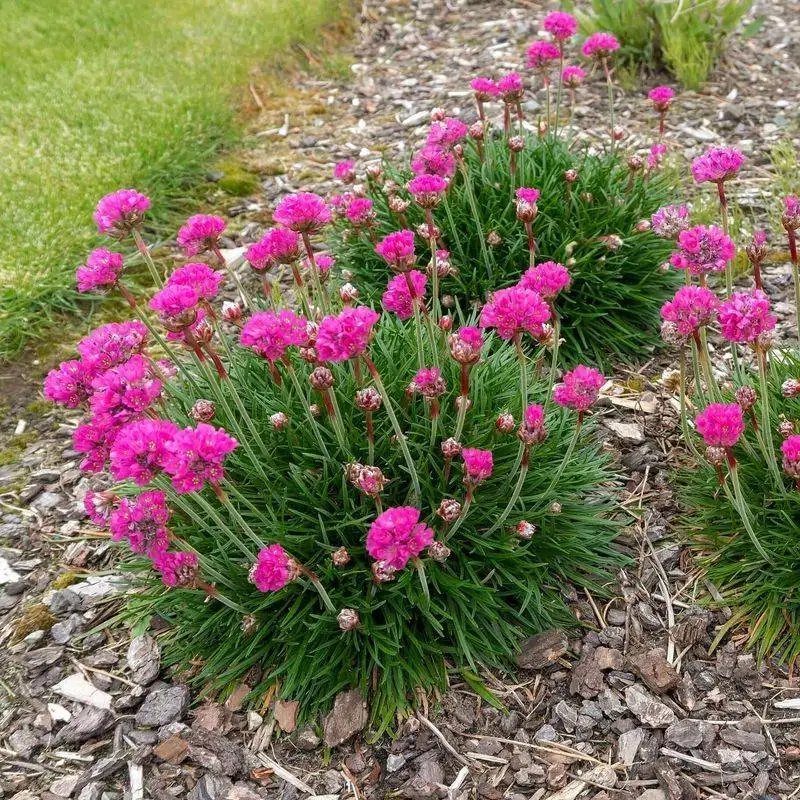
Thrift, or Sea Pink, is a hardy coastal plant that thrives in windy, salty environments. Its compact tufts of grass-like foliage and cheerful pink flowers make it an ideal ground cover. Perfect for rock gardens, Thrift requires little maintenance and enjoys full sun. This plant’s adaptability to tough conditions makes it a reliable choice for exposed gardens. Its name, ‘Thrift,’ reflects its economical use of resources, thriving where others might struggle.
Catmint
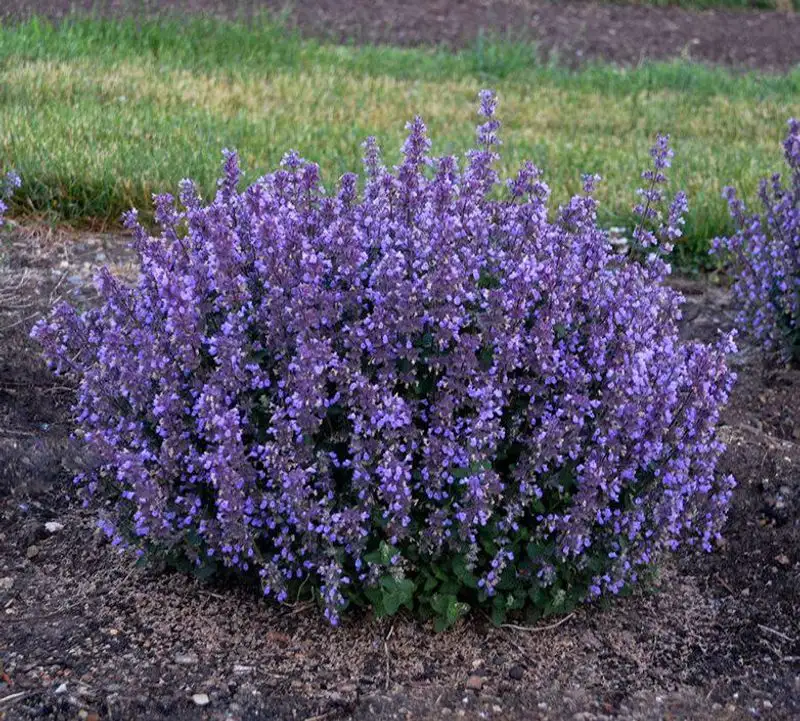
Catmint, with its lavender-blue blooms and aromatic foliage, is a delightful addition to any breezy garden. This tough perennial endures wind and drought, providing consistent color throughout the growing season. Its scent deters pests, while attracting friendly pollinators like bees and butterflies. Catmint’s sprawling nature makes it perfect for borders and informal garden designs. Fun tidbit: Not only is Catmint attractive in gardens, but it’s also loved by cats, who often find its scent irresistible and euphoric.
Oleander
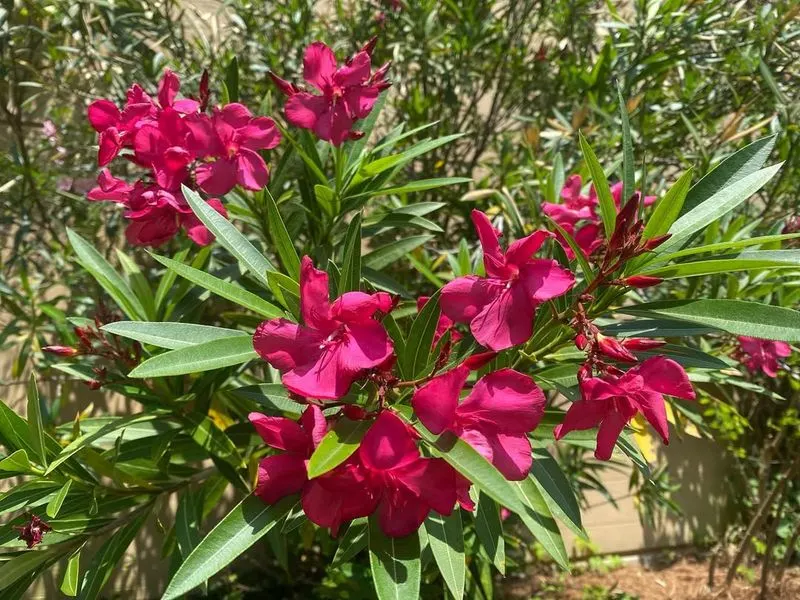
Oleander, celebrated for its vibrant blooms, is a Mediterranean shrub that withstands wind and drought effortlessly. Its evergreen foliage and plentiful flowers add year-round interest to gardens. While beautiful, it’s important to note that Oleander is toxic if ingested, so care should be taken around pets and children. Historically, Oleander has been used in various cultures for ornamental purposes due to its striking appearance and hardiness.
Beach Aster
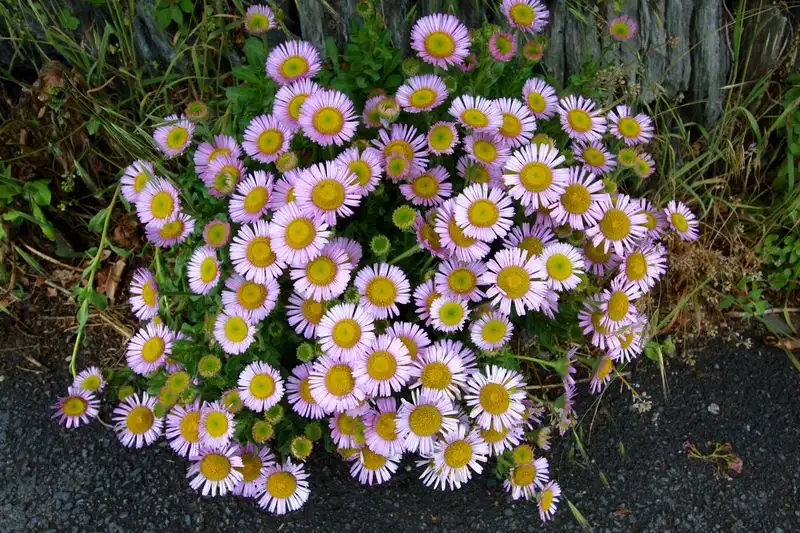
Beach Aster, with its cheerful purple and yellow blooms, thrives in sandy, windy environments, making it ideal for coastal gardens. Its low-growing habit helps stabilize soil, preventing erosion while adding color. This perennial provides habitat and nectar for pollinators, supporting local ecosystems. Beach Aster’s rugged beauty and ecological benefits make it a valuable addition to any wind-swept garden. Its ability to flourish in harsh conditions showcases nature’s resilience and adaptability.
New Zealand Flax
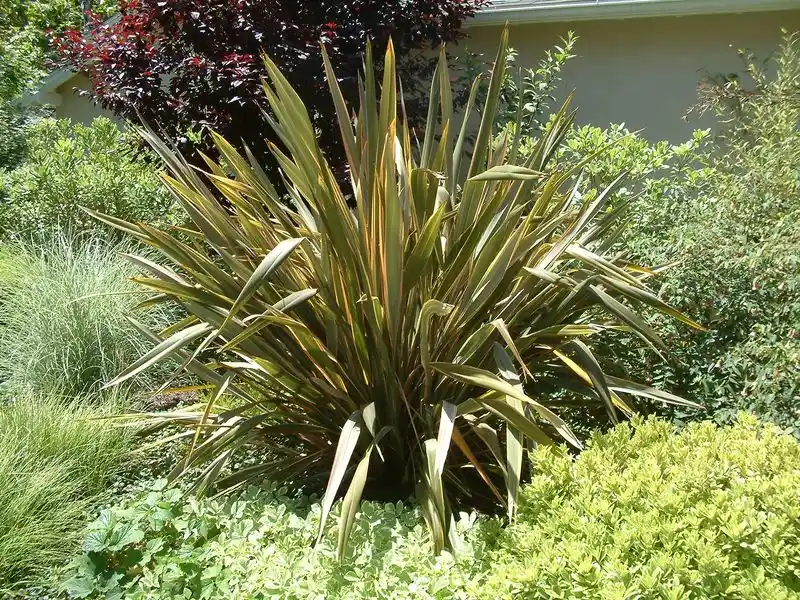
New Zealand Flax captivates with its striking, sword-like leaves in an array of colors, from greens to reds. This hardy plant thrives in windy conditions, providing architectural interest to gardens. Its robust nature means it requires minimal care, making it perfect for busy gardeners seeking low-maintenance beauty. The Maori people historically used this plant for weaving and medicinal purposes, underscoring its cultural significance and versatility.
Santolina
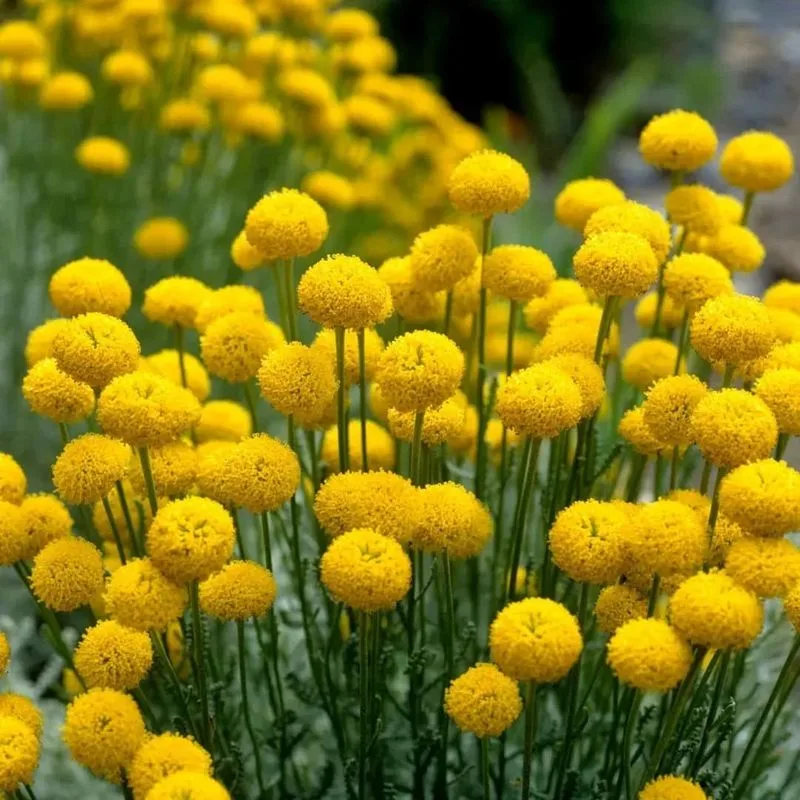
Santolina, often known as Cotton Lavender, is well-suited to windy, dry landscapes. Its silvery foliage and bright yellow flowers create a stunning visual contrast. This evergreen shrub is also deer-resistant, adding to its charm for gardeners in rural areas. Santolina’s aromatic leaves are often used in sachets and potpourris, showcasing its versatility beyond ornamental use. Historically, this plant was cultivated in herb gardens for its purported medicinal properties.
Juniper
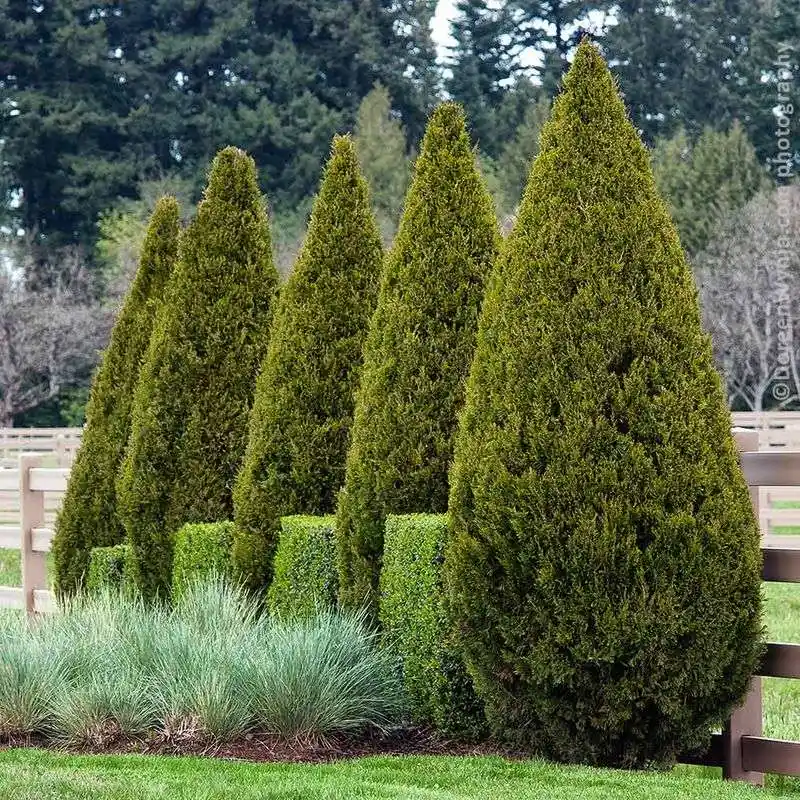
Juniper’s rugged resilience makes it a staple for windy landscapes. Its needle-like foliage and robust form withstand harsh conditions, providing year-round structure and color. This evergreen shrub is versatile, used in everything from hedges to ground covers. Juniper berries, though not actual berries, are used in culinary dishes, notably flavoring gin. This plant’s tough nature and diverse applications make it a valuable asset for any garden.
Cordyline
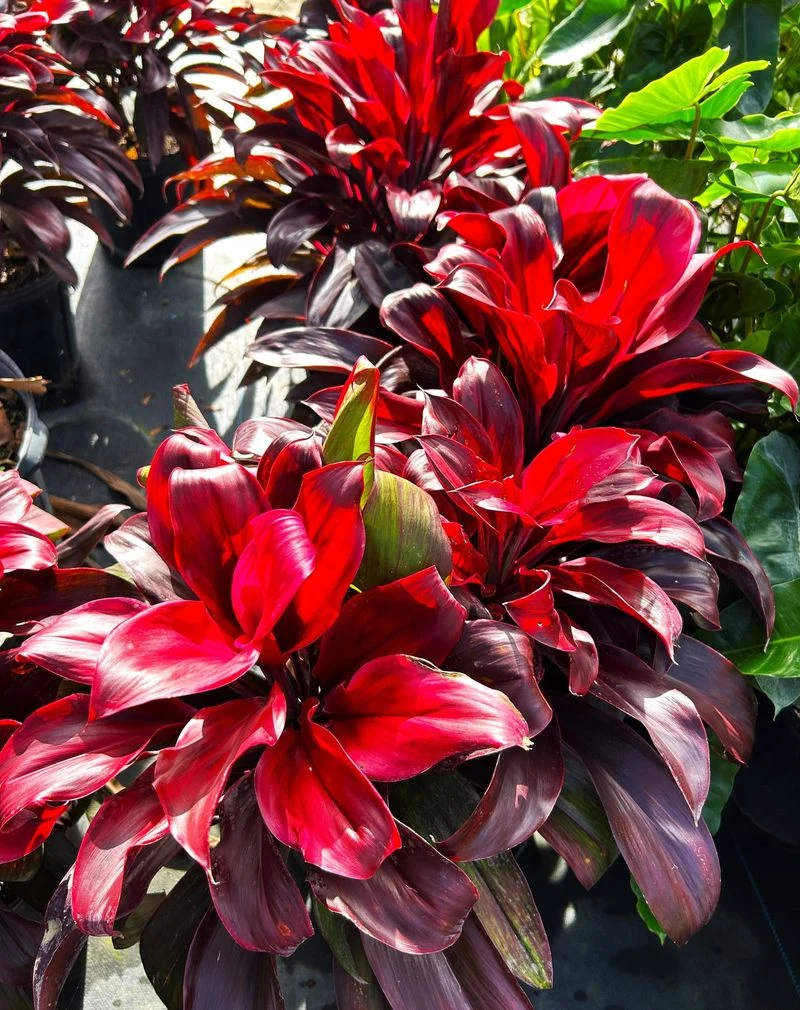
Cordyline, with its bold, strappy leaves, is a standout in windy gardens. Available in various shades, from deep green to vibrant reds, it adds a tropical flair. This plant’s resilience to wind and salt makes it perfect for coastal regions. Cordyline’s ability to adapt to different soils and climates adds to its appeal. Fun fact: In Maori culture, Cordyline’s leaves were traditionally used for weaving and making ropes, highlighting its practical as well as ornamental uses.
Euphorbia

Euphorbia’s unique geometric foliage and vibrant flower bracts make it a visually intriguing choice for windy gardens. This drought-tolerant plant thrives in sunny, exposed areas, offering a low-maintenance option for gardeners. Euphorbia’s sap can be an irritant, so handling with care is advised. Despite this, its architectural form and diverse varieties make it a perennial favorite. Historically, Euphorbia was used for its medicinal properties, although caution is required due to its toxicity.

